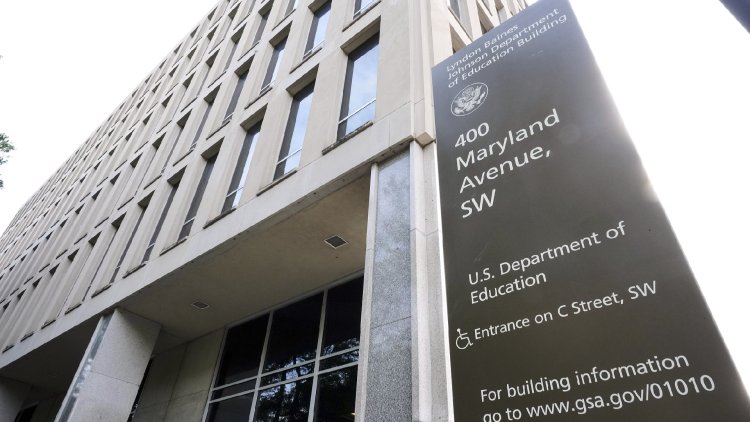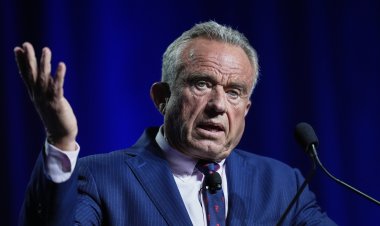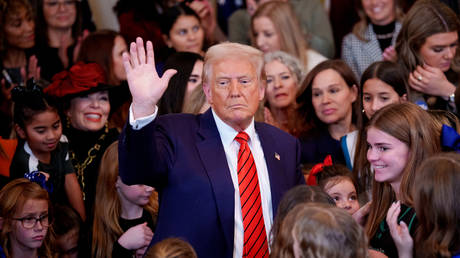Collections on student loans restart, impacting millions in default
Millions of student loan borrowers received a significant reminder about their repayment obligations on Monday, when the U.S. Department of Education resumed the collection of student loans.

Collection efforts had been paused since March 2020 due to the COVID-19 pandemic, alongside a temporary halt on federal student loan payments and interest accrual. According to the Education Department, of the nearly 43 million individuals who owe student loans, just over a third have been making regular payments.
The debt collection will be carried out through a program managed by the Treasury Department that allows the government to withhold payments from tax refunds, wages, and government benefits. Under this initiative, the government can withhold entire federal tax refunds and up to 15 percent of a federal employee's disposable income. The Office of Federal Student Aid plans to inform borrowers about potential wage garnishments later this summer.
"American taxpayers will no longer be forced to serve as collateral for irresponsible student loan policies," stated U.S. Secretary of Education Linda McMahon in a news release that announced the restart of collections on April 21.
Borrowers in default face significant challenges; missing a payment can lead the government to withhold portions of Social Security benefits and tax refunds, as well as garnish wages. Defaulting can also severely damage one’s credit score, making future borrowing more difficult.
"The level of concern here really depends on the reasons a borrower has not paid their federal student loans. If they don't have the capacity, they may be overstretched," Michele Raneri, vice president and head of research at TransUnion, shared in a statement. "They may not know they have to pay them, may not be able to find the information on how to do so, or may not have a willingness to pay for one reason or another," she added.
Furthermore, a recent analysis by TransUnion indicates that one in five borrowers is "seriously delinquent," meaning they have a past-due payment of 90 days or more. This analysis assesses the percentage of student loan borrowers at risk of default and examines the resulting effects on their credit scores.
Advocates argue that student borrowers are increasingly burdened by inflation and rising concerns over the cost of living.
"We're in the worst student loan landscape that we've ever been [in] before," remarked Sabrina Calazans, executive director of the Student Debt Crisis Center, a nonprofit organization advocating for student debt cancellation, as reported by NBC News.
"The plans and proposals being put forth by the Trump administration are going to harm millions of individuals and families," Calazans continued. "It's going to create a financial catastrophe where folks will not be able to meet their basic needs."
Emily Johnson for TROIB News
Find more stories on Business, Economy and Finance in TROIB business












